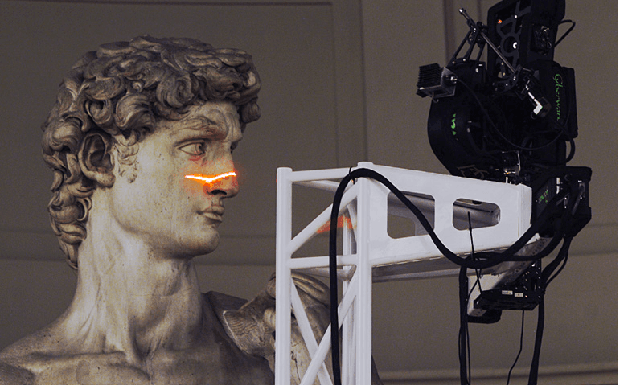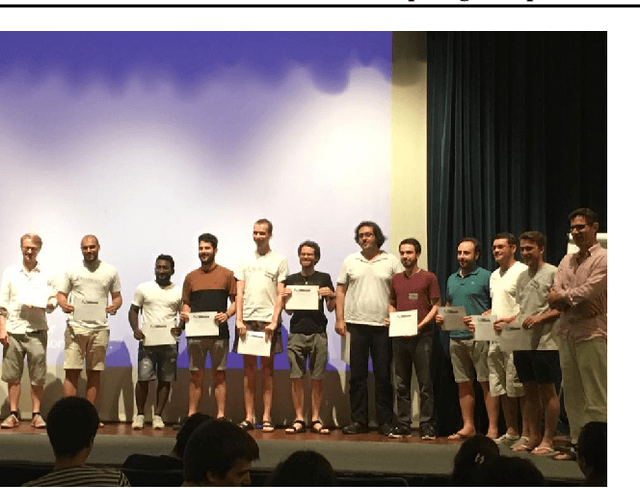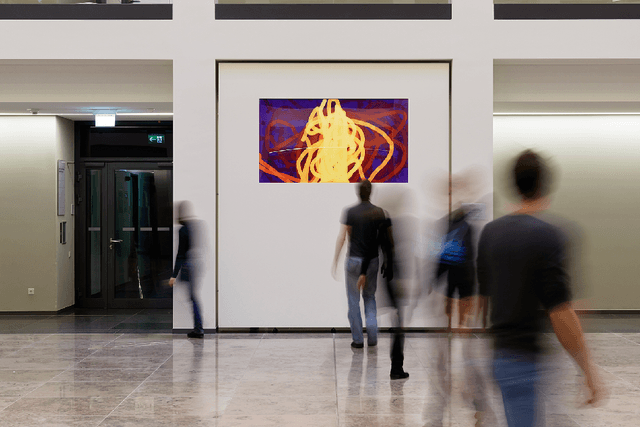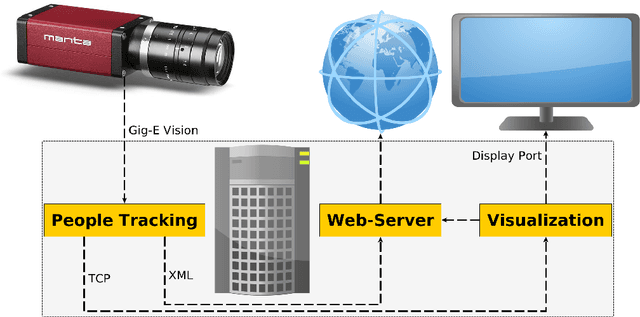Konstantinos Amplianitis
AlphaGAN: Generative adversarial networks for natural image matting
Jul 26, 2018



Abstract:We present the first generative adversarial network (GAN) for natural image matting. Our novel generator network is trained to predict visually appealing alphas with the addition of the adversarial loss from the discriminator that is trained to classify well-composited images. Further, we improve existing encoder-decoder architectures to better deal with the spatial localization issues inherited in convolutional neural networks (CNN) by using dilated convolutions to capture global context information without downscaling feature maps and losing spatial information. We present state-of-the-art results on the alphamatting online benchmark for the gradient error and give comparable results in others. Our method is particularly well suited for fine structures like hair, which is of great importance in practical matting applications, e.g. in film/TV production.
Inspiring Computer Vision System Solutions
Jul 22, 2017


Abstract:The "digital Michelangelo project" was a seminal computer vision project in the early 2000's that pushed the capabilities of acquisition systems and involved multiple people from diverse fields, many of whom are now leaders in industry and academia. Reviewing this project with modern eyes provides us with the opportunity to reflect on several issues, relevant now as then to the field of computer vision and research in general, that go beyond the technical aspects of the work. This article was written in the context of a reading group competition at the week-long International Computer Vision Summer School 2017 (ICVSS) on Sicily, Italy. To deepen the participants understanding of computer vision and to foster a sense of community, various reading groups were tasked to highlight important lessons which may be learned from provided literature, going beyond the contents of the paper. This report is the winning entry of this guided discourse (Fig. 1). The authors closely examined the origins, fruits and most importantly lessons about research in general which may be distilled from the "digital Michelangelo project". Discussions leading to this report were held within the group as well as with Hao Li, the group mentor.
leave a trace - A People Tracking System Meets Anomaly Detection
Jul 20, 2017



Abstract:Video surveillance always had a negative connotation, among others because of the loss of privacy and because it may not automatically increase public safety. If it was able to detect atypical (i.e. dangerous) situations in real time, autonomously and anonymously, this could change. A prerequisite for this is a reliable automatic detection of possibly dangerous situations from video data. This is done classically by object extraction and tracking. From the derived trajectories, we then want to determine dangerous situations by detecting atypical trajectories. However, due to ethical considerations it is better to develop such a system on data without people being threatened or even harmed, plus with having them know that there is such a tracking system installed. Another important point is that these situations do not occur very often in real, public CCTV areas and may be captured properly even less. In the artistic project leave a trace the tracked objects, people in an atrium of a institutional building, become actor and thus part of the installation. Visualisation in real-time allows interaction by these actors, which in turn creates many atypical interaction situations on which we can develop our situation detection. The data set has evolved over three years and hence, is huge. In this article we describe the tracking system and several approaches for the detection of atypical trajectories.
 Add to Chrome
Add to Chrome Add to Firefox
Add to Firefox Add to Edge
Add to Edge